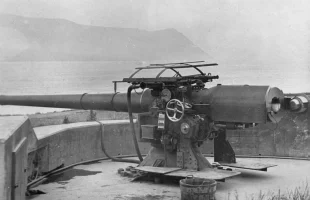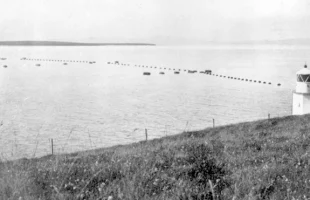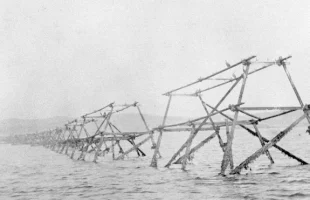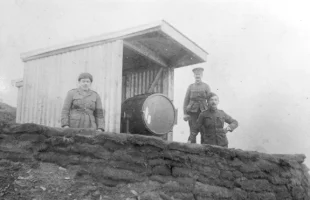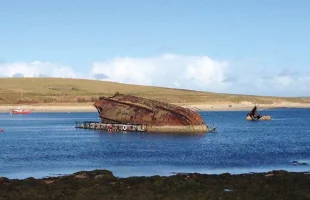World War I – Introduction
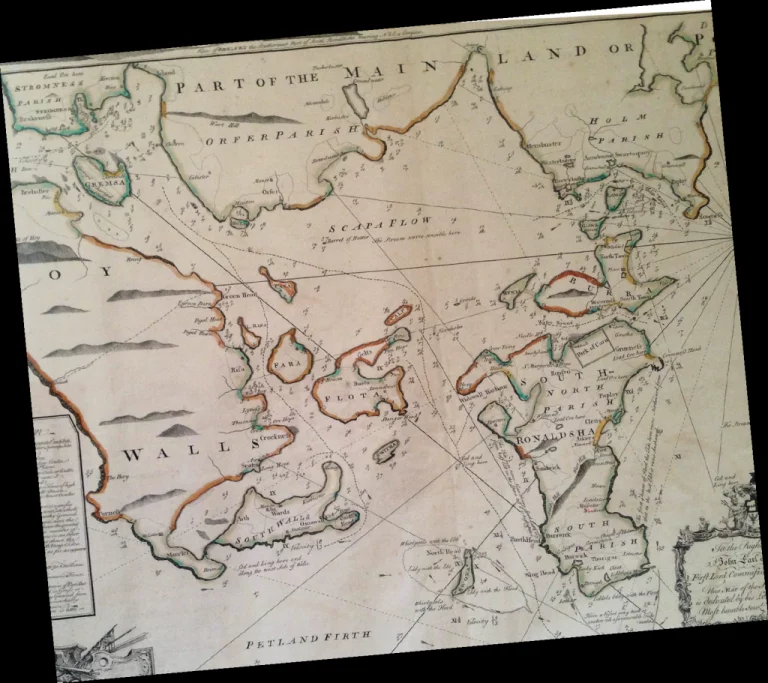
Scapa Flow consists of 125 square miles (324 square kilometres) of water surrounded by islands. Used as a safe anchorage since Viking times, its military use began during the Napoleonic Wars.
The Vikings named it Skalpaflói – the bay of the long isthmus – referring to the flat piece of ground across which boats could be portaged between the bays of Kirkwall and Scapa.
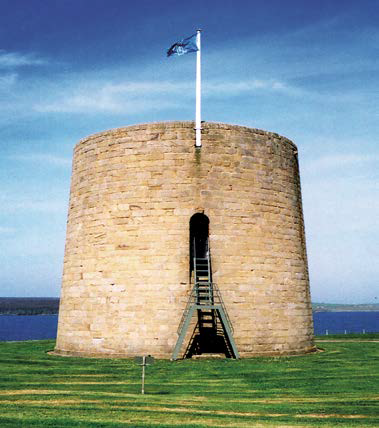
During the Napoleonic Wars convoys of merchant ships used Longhope Bay as a safe anchorage while awaiting a Royal Naval escort to ports in the Baltic Sea. Martello Towers were built on the headlands of Crockness and Hackness, which form the entrance to the bay. Canon mounted on the towers could defend these vessels against enemy attack. A gun battery and barracks for soldiers were also built at Hackness. Building was not completed until 1815, after the end of the Napoleonic Wars.
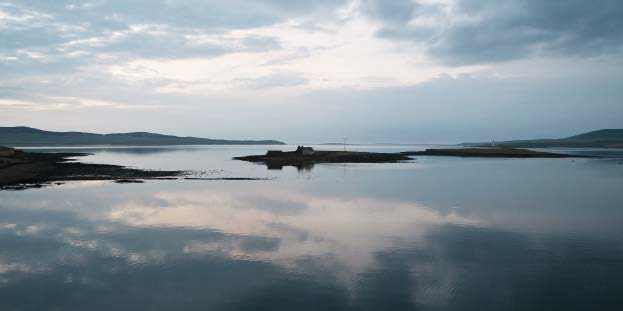
At the beginning of the 20th century a naval arms race began between Britain and Germany that saw simmering rivalries between the two countries grow into mistrust and hostility.
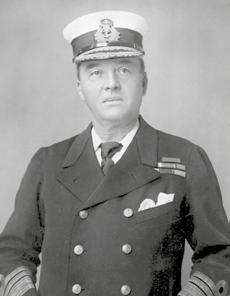
This was sparked by the decision by the First Sea Lord of the Admiralty, Sir John (Jackie) Fisher, to build an all-big-gun battleship, which revolutionised naval warfare. Work started on HMS Dreadnought in October 1905.
Built quickly, in utmost secrecy, her design made older ships obsolete. All the battleships that followed would be known as ‘Dreadnoughts’.
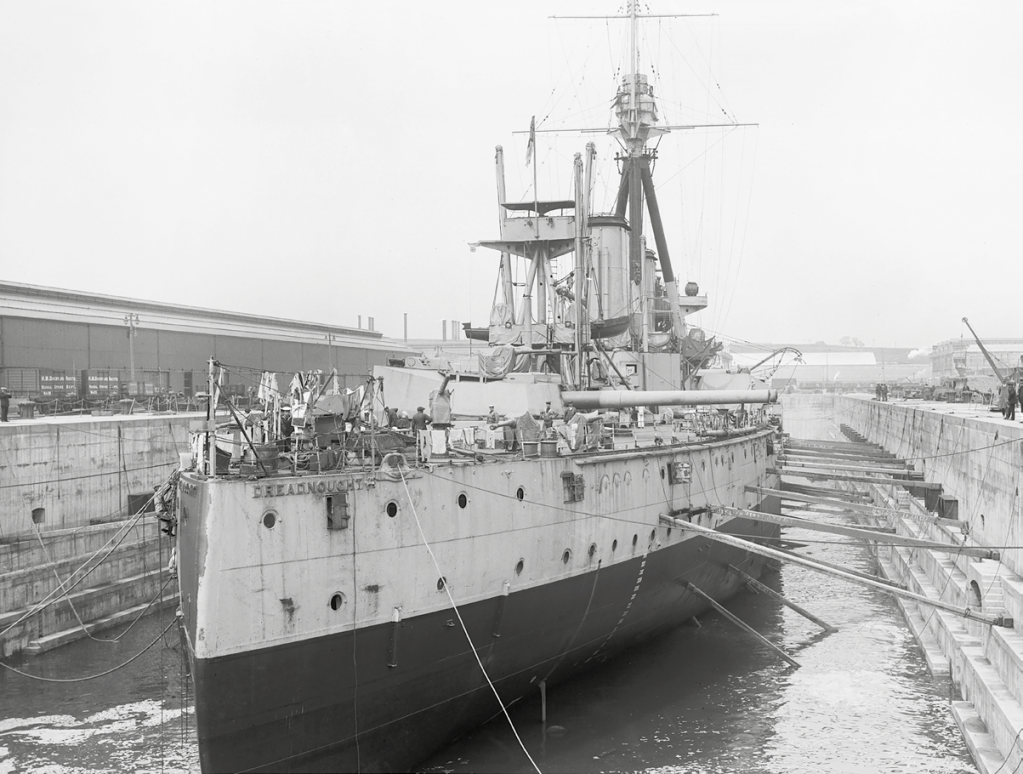
The German Kaiser Wilhelm II was an enthusiastic supporter of the navy, and wanted battleships to protect German colonies overseas. Britain had a policy of having a larger navy than the next two largest fleets combined.
When Germany started to build dreadnought battleships the Admiralty demanded more money to build up the British fleet, leading to a naval arms race.
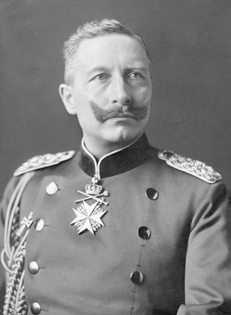
When war broke out between Britain and Germany in August 1914, Scapa Flow was chosen as the base for the Grand Fleet despite its lack of defences.
A fleet based in Scapa Flow was ideally placed to carry out a blockade of Germany by controlling the northern exit from the North Sea. The Admiralty was well aware of its strategic significance and the Royal Navy had used Kirkwall Bay and Scapa Flow for several years prior to the outbreak of war.

When war was declared there were over 100 ships in the Flow, yet few coastal defences. The Admiralty considered the tides around the islands to be an adequate deterrent to submarines, and thought that German U-boats would lack the range to reach Orkney. The Commander-in-Chief of the Grand Fleet, Sir John Jellicoe, was unconvinced. The sinking of U-15 by the cruiser HMS Birmingham to the east of Orkney soon after the start of the war proved that it was within range of enemy vessels.
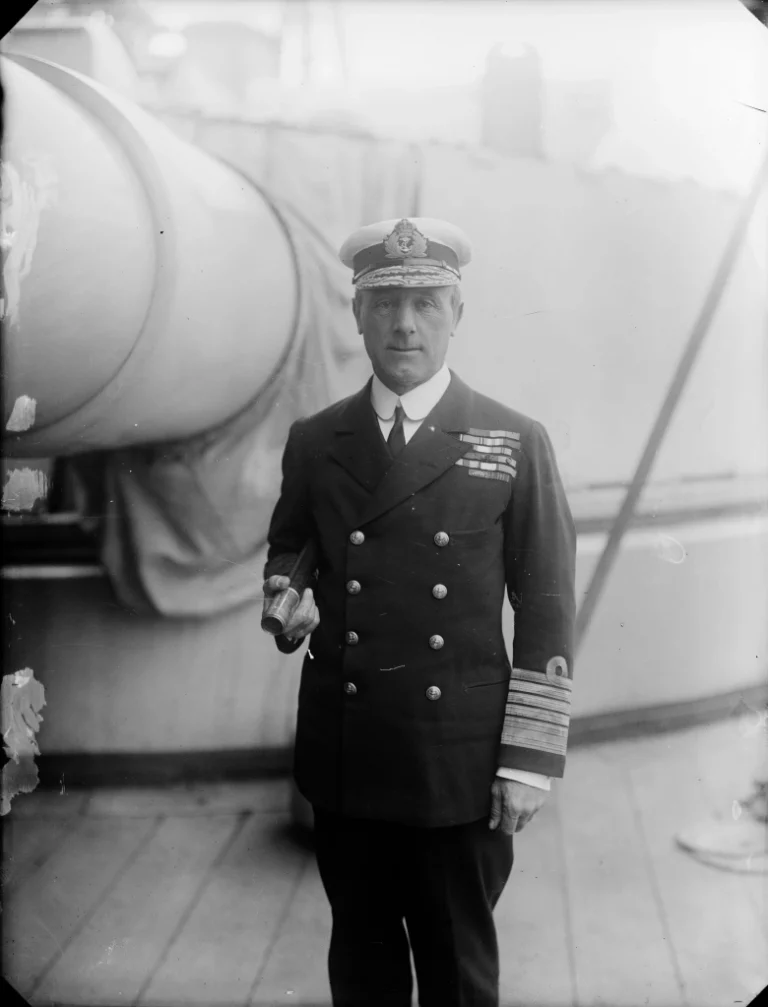
Anti-submarine boom defence nets were used to close the entrances to the sounds between the islands. They were opened and closed by small drifters specially converted for the task.
Old merchant ships were sunk in Kirk Sound, Skerry Sound, East Weddel Sound and Water Sound in the east (now closed by the Churchill Barriers), and Burra Sound in the west.
Temporary guns and searchlights were positioned around the entrances to Scapa Flow until more substantial coast defence gun emplacements could be built.
Naval headquarterswere established in Longhope in December 1914 and remained there until 1919.
During most of that period there was little shore-based infrastructure to support the Navy.
The administrative base for the Grand Fleet was centred around the Longhope Hotel where the Admiral Commanding Orkney and Shetland had his headquarters, complete with a telegraph link toWhitehall.
A series of depot ships handled the needs of the fleet, with food and water, ammunition, other stores, mail handling, and communications all being ship based. Repair ships and, eventually,a floating dock kept 700 dockyard workers busy, these men being housed in the old battleship HMS Victorious, as accommodation on shore was in such short supply.
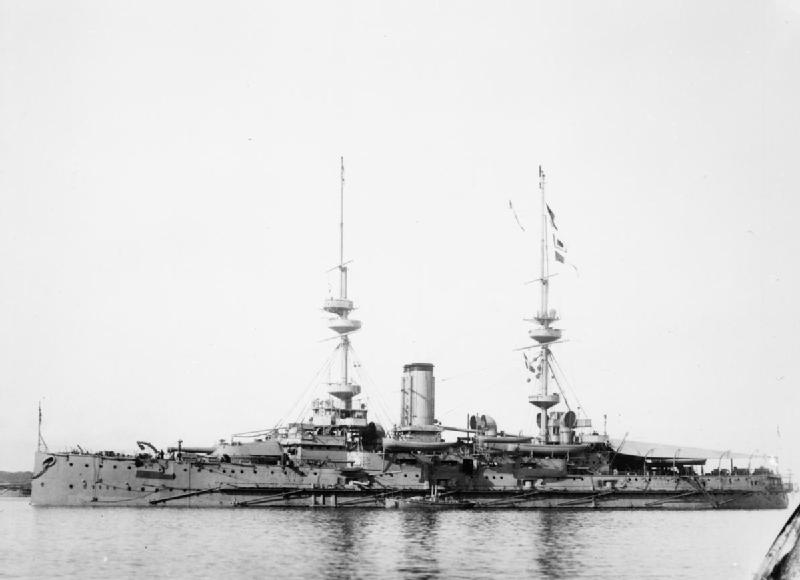
By early 1916 it was apparent that a floating base was no longer adequate to meet the needs of the fleet. After much deliberation, the development of facilities at Lyness was agreed by the Treasury in September 1916, starting with the construction of a wharf where stores could be unloaded. Eventually, four 8,000 ton fuel oil storage tanks, petrol tanks, a power house and Paravane and Torpedo Depots were constructed, along with storage sheds and workers’ camps.
A reservoir was built at Mill Burn to supply water to the Base and the Fleet, whilst an earlier reservoir on Ore Burn ensured an emergency water supply for use in the ships’ boilers. Construction of the wharf alone was estimated to take 15 months, at a cost of £140,000.
The land needed for these developments was requisitioned under the Defence of the Realm Act.
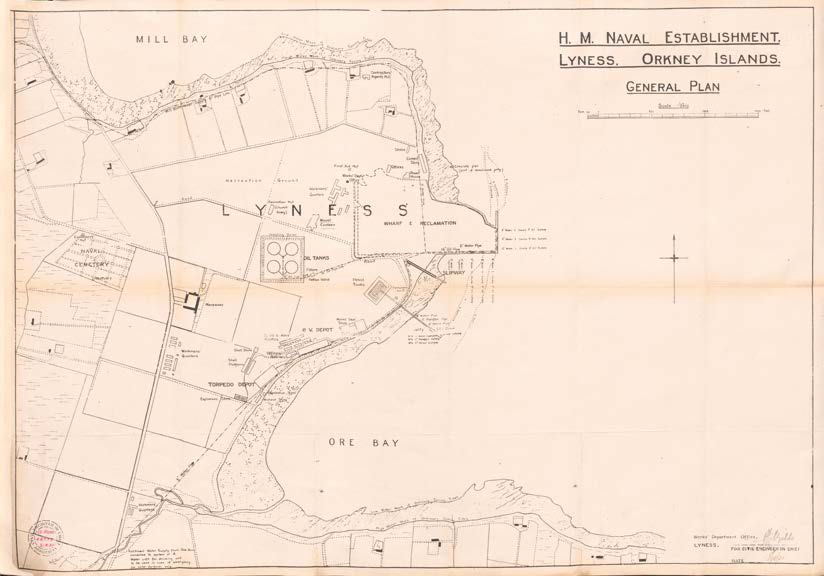
Scapa Flow Museum is currently closed for a major refurbishment project, funded by Orkney Islands Council, National Lottery Heritage Fund, Historic Environment Scotland, Highlands and Islands Enterprise, Museums Galleries Scotland, Scottish Natural Heritage and the Orkney LEADER fund. The project includes carrying out essential repairs to Pumphouse No. 1 and building an extension to house a new gallery, visitor facilities and café.
Visitors can virtually explore the buildings and former exhibitions at www.hoydrone.com/museum, a 3600 photo record of the main site museum site.
The Island of Hoy Development Trust website www.hoyorkney.com has a large Wartime Heritage section focusing on the WW2 history of Hoy.

Lorem ipsum dolor sit amet, consectetur adipiscing elit. Ut elit tellus, luctus nec ullamcorper mattis, pulvinar dapibus leo.

